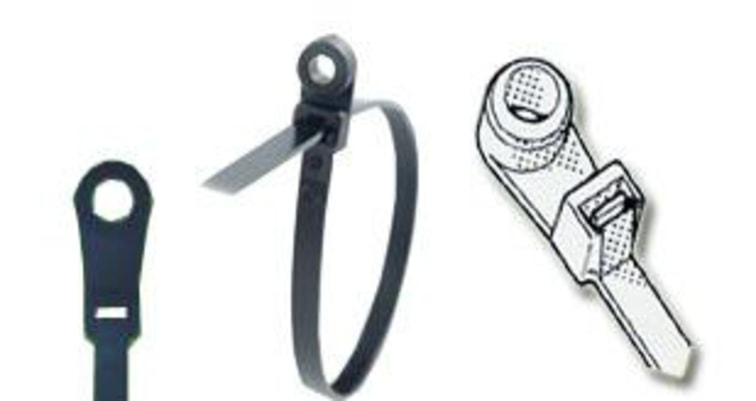Beginners’ Guide To Buying Quality Cable Ties

Cable ties are handy bits in a toolbag regarding whether you’re a professional contractor or a DIYist. Perhaps you’ve probably used cable ties at some point but just don’t know how to choose the best in the market. Cable ties are cost effective, versatile, and easy to use to keep cords, wires, and hoses contained. Quality cable ties are a lifelong and dependable accessory for perfect cable management. To avoid getting perplexed by the various options in the market, check this beginners’ guide to buying quality cable ties.
Material matters
Cable ties come in various materials with specific properties. Plastic is prone to oxidation from exposure to high temperatures. When exposed to low temperature, plastic becomes brittle. Nylon ties have good weather resistance in low temperature environments. Stainless steel cable ties are idea for harsher environments for their extra durability on exposure to chemicals, heat, and corrosive elements.
Cable tie design
After choosing material to suit your needs, appropriate construction is required. Cable ties in the same material can have various designs. Nylon ties are applicable for various applications. These include:
- Temporary child locks on cabinets
- Video and desktop wire management
- Managing and securing wire harnesses
- Strain relief and wire management in solar system
Cable ties with a metal bard head reinforce the locking mechanism. These are applicable when requiring infinite adjustment positions because they don’t have gripping teeth. Contour ties with teeth on the outside are less abrasive for wire insulation during vibration and usually applied in the aerospace industry.
Length
Choose cable ties with the right length to match your application. Wire bundles usually have a 4-inch diameter and require appropriate cable tie length. The tie length should match the wire bundle diameter. Ensure to invest in secure cable ties with a length matching your application. Buying ties a little long is better than buying too short. You can always cut off the excess length although buying ties with the right length is more economical.
Application environment
It’s very important to mind about where the ties are to be applied. Exposure to sunlight and chemicals has a significant impact on the cable ties to choose. You need cable ties that can withstand a high heat application. These must have high flammability and thermal resistance properties. Nylon 6.6 ties are weather resistant and can be heat stabilized. Stainless steel ties offer better resistance regardless of weather condition or heat.
Cable strength
After making a decision on all the above factors, you must determine the cable tie strength. This is verified by its tensile strength measure in pounds. It’s the breaking point of the cable tie. Stronger cable ties have a higher tensile strength. This is a critical consideration when choosing secure ties for your heavy-duty applications.
Wrapping up
Cable ties offer an affordable and easy cable management solution. With these, managing a bundle of wires becomes a seamless process. The above ideas will make it easy to choose ties that will meet your project requirements and give you good value for money.


